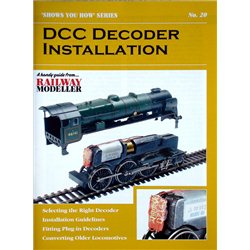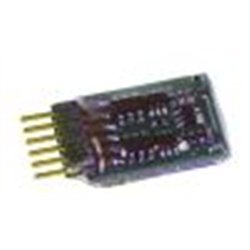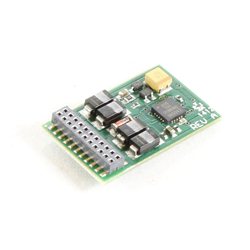There are tens of thousands of decals available covering a multitude of different models from trains, planes and...
No products
Product successfully added to your shopping cart
There are 0 items in your cart. There is 1 item in your cart.
Search Tips
What does DCC ready mean?
DCC ready means that the loco is designed to be fitted with a DCC chip.
At the factory a small piece of circuitry is added to the loco with a socket that enables you to insert a DCC decoder to convert the engine from analogue to DCC.
It is quite a straightforward procedure to insert the chip, even for the beginner, some can be fitted in a matter of minutes by just opening the smoke box door at the front of the engine, while others take slightly longer as you have to remove the body, which is usually done by removing the screws underneath the loco.
If an engine is not DCC ready, the decoder has to be soldered to the motor, which is a lot more time consuming and more difficult than simply plugging a chip into a socket.
So, in summary, being DCC ready saves you having to solder the decoder.
Click here to receive the tips weekly in your mailbox. You can unsubscribe at any time.










